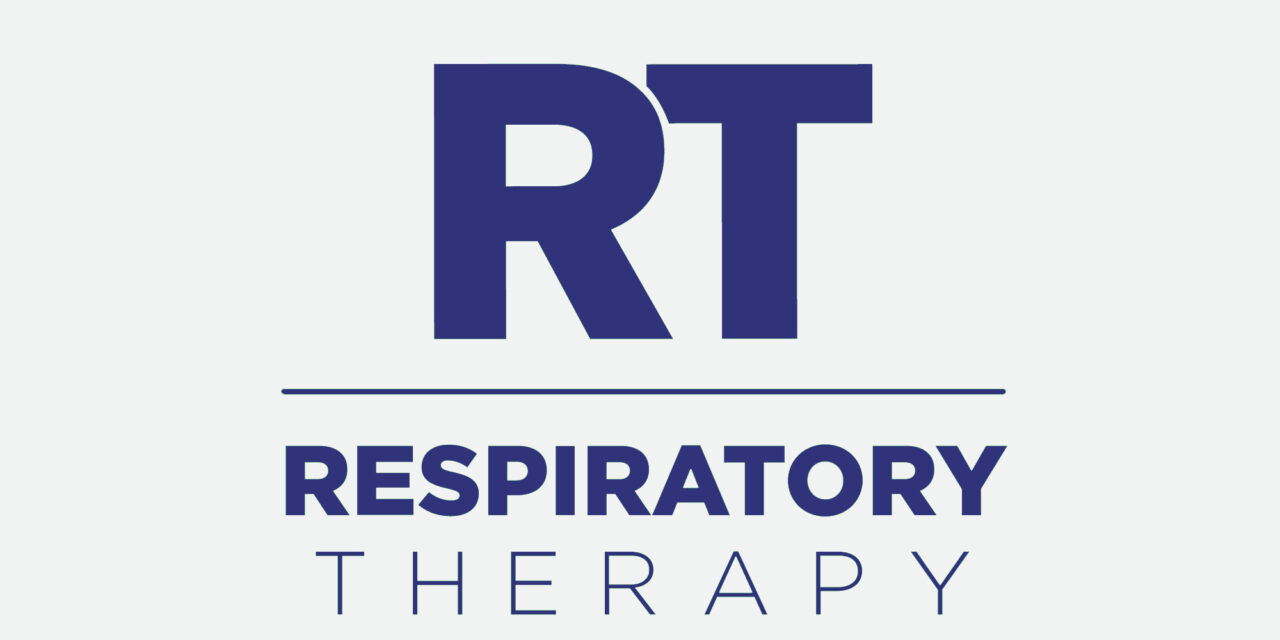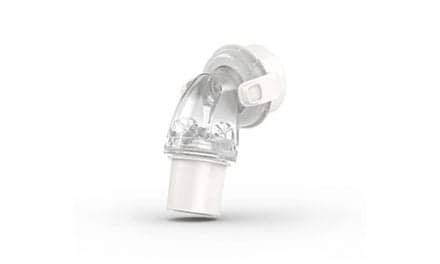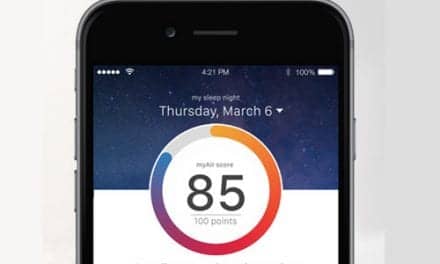Technology has given us the ability to improve workplace functions and make operations run more smoothly, but not everyone has taken advantage of technologies such as data exchange and electronic record keeping. RT spoke with Tom Lorick, vice president of marketing, Americas, Compumedics USA, El Paso, Tex, about overcoming hesitation to implement technology and what technology has to offer.
RT: How do you see technology such as data exchange and electronic medical record keeping improving the fields of respiratory therapy and sleep medicine?
Lorick: The implementation of paperless formats typically takes considerable resources and creates added stress on staff Once past the pain, respiratory therapists and sleep personnel will see that the efficiencies gained typically far outweigh the initial struggles, and the true benefits can be realized. Products such as our ProFusion neXus Lab Management System work in conjunction with the diagnostic equipment in the lab to streamline processes and help to track all patients and documents and automate record keeping, quality control, reporting, review, and follow-up activities for all aspects of patient contact. Finally, ProFusion neXus LMS has an option to configure automated integration of diagnostic results directly into the larger electronic medical record.
RT: How can the exchange of medical records be important in the case of a natural disaster?
Lorick: With data exchange and data management systems, tasks that may now be manual, such as archiving and reporting, can happen automatically. These activities can be set up to occur through remote locations with built-in redundancy. Automating the process significantly reduces the possibilities of large amounts of data being lost or misplaced. Redundant storage in remote locations allows easy retrieval and recovery of patient data. In addition, if billing and reporting are kept up to date via this automation, there is less risk of lost or delayed revenue. Add features like remote review, and a physician can create impressions and reports from literally thousands of miles away. One example is the recent disaster in Louisiana where some of the health care systems with electronic medical records could provide complete patient records within weeks of the disaster while in other instances in which electronic medical record keeping was not implemented, paper records were lost to the flooding.
RT: What makes clinicians hesitant to implement technology such as laboratory-management software, and what should they know to help them overcome their hesitation?
Lorick: It’s often more comfortable to handle paper, and people tend to resist something they view as complicated. This is where companies like Compumedics can help by having flexible, comprehensive solutions working to make the process as seamless as possible and having a knowledge base available to assist in every step of the implementation process.










